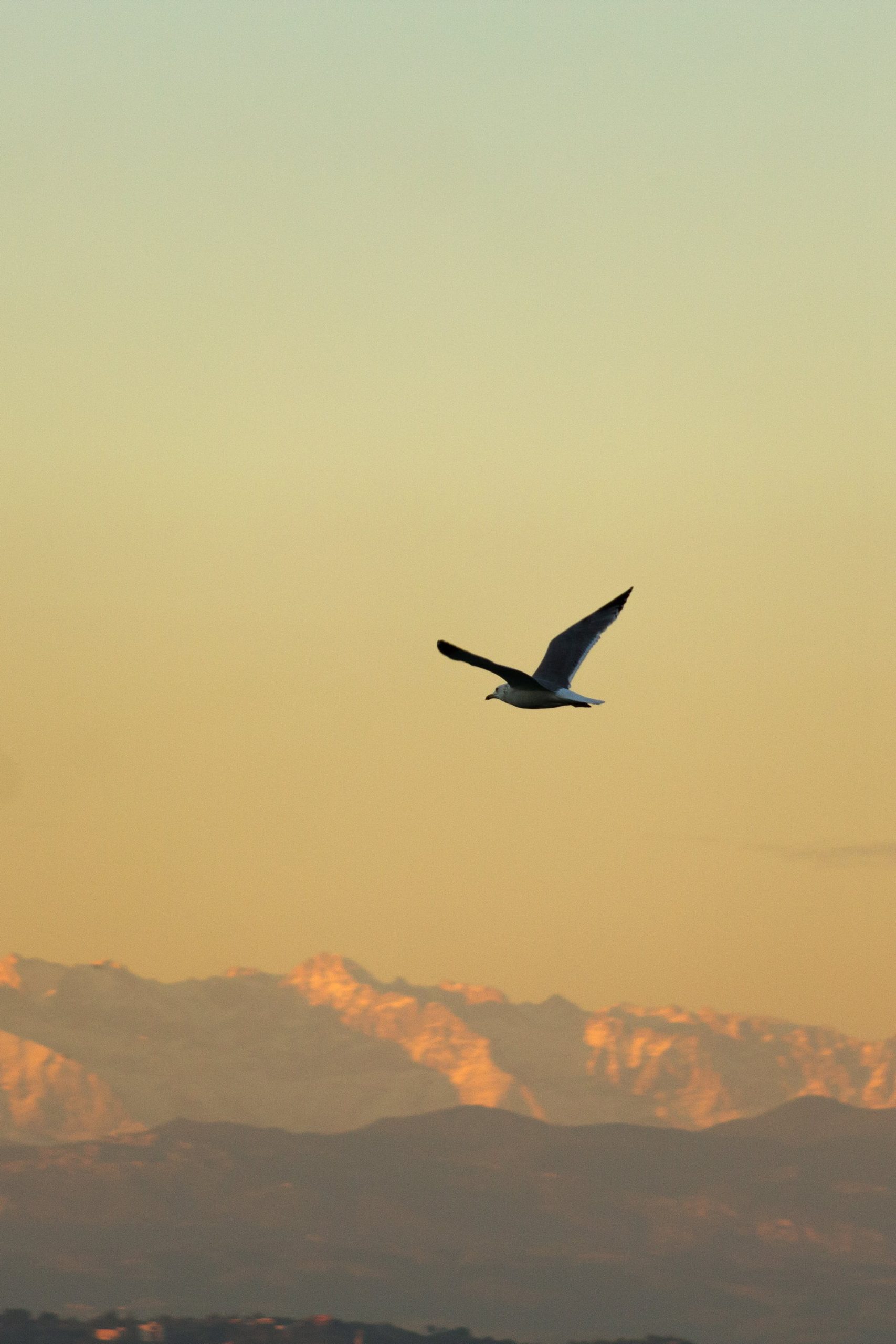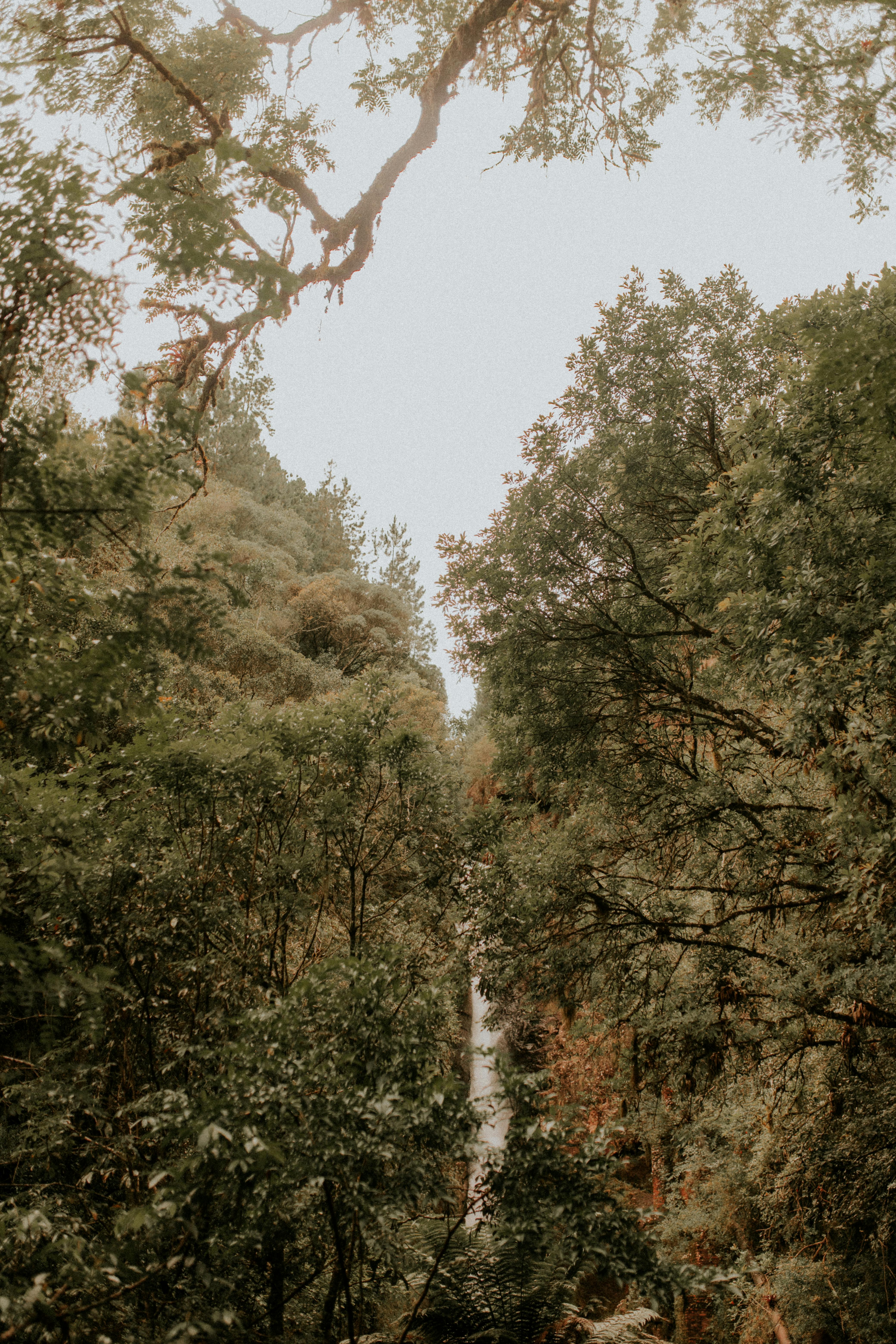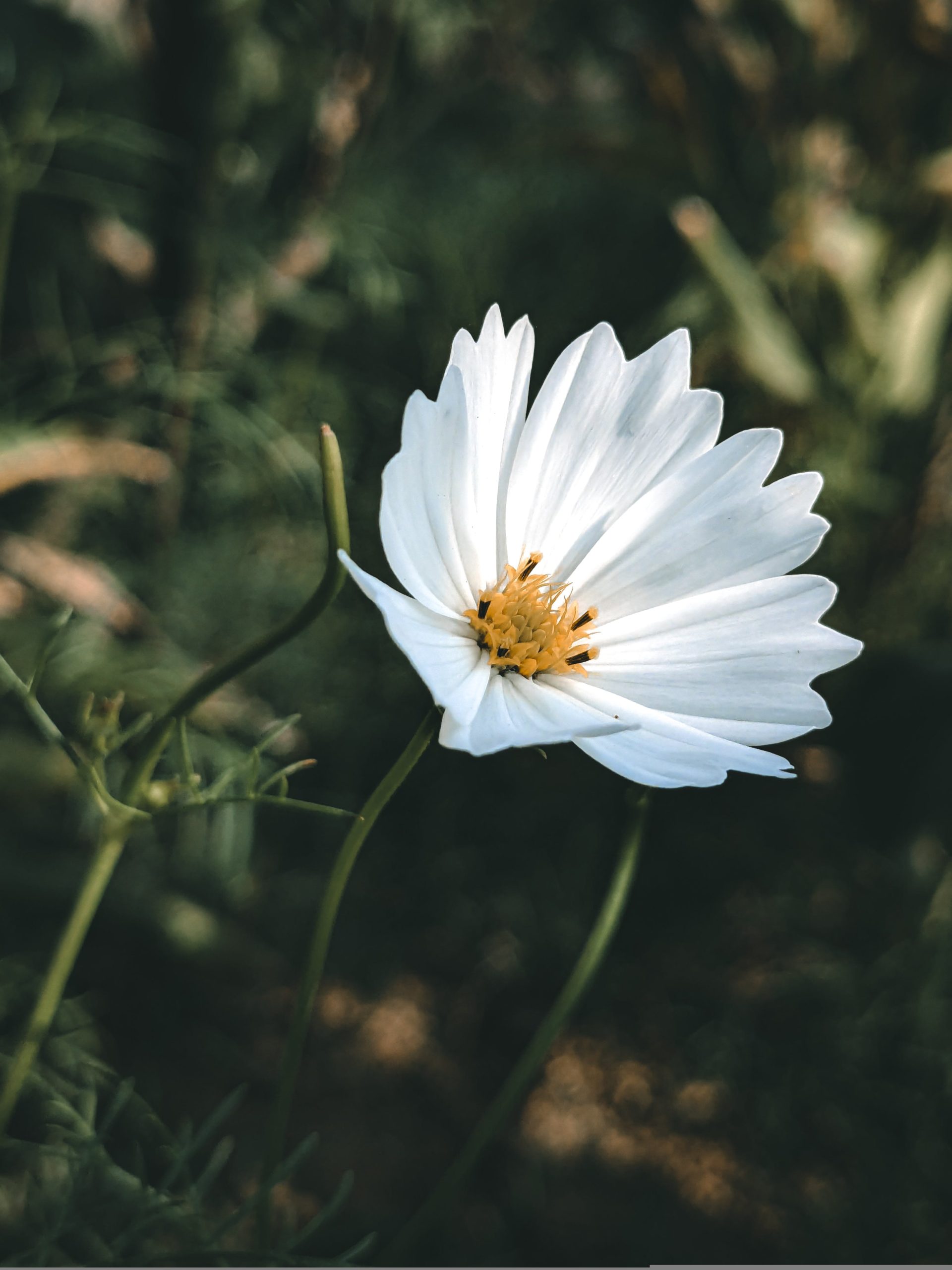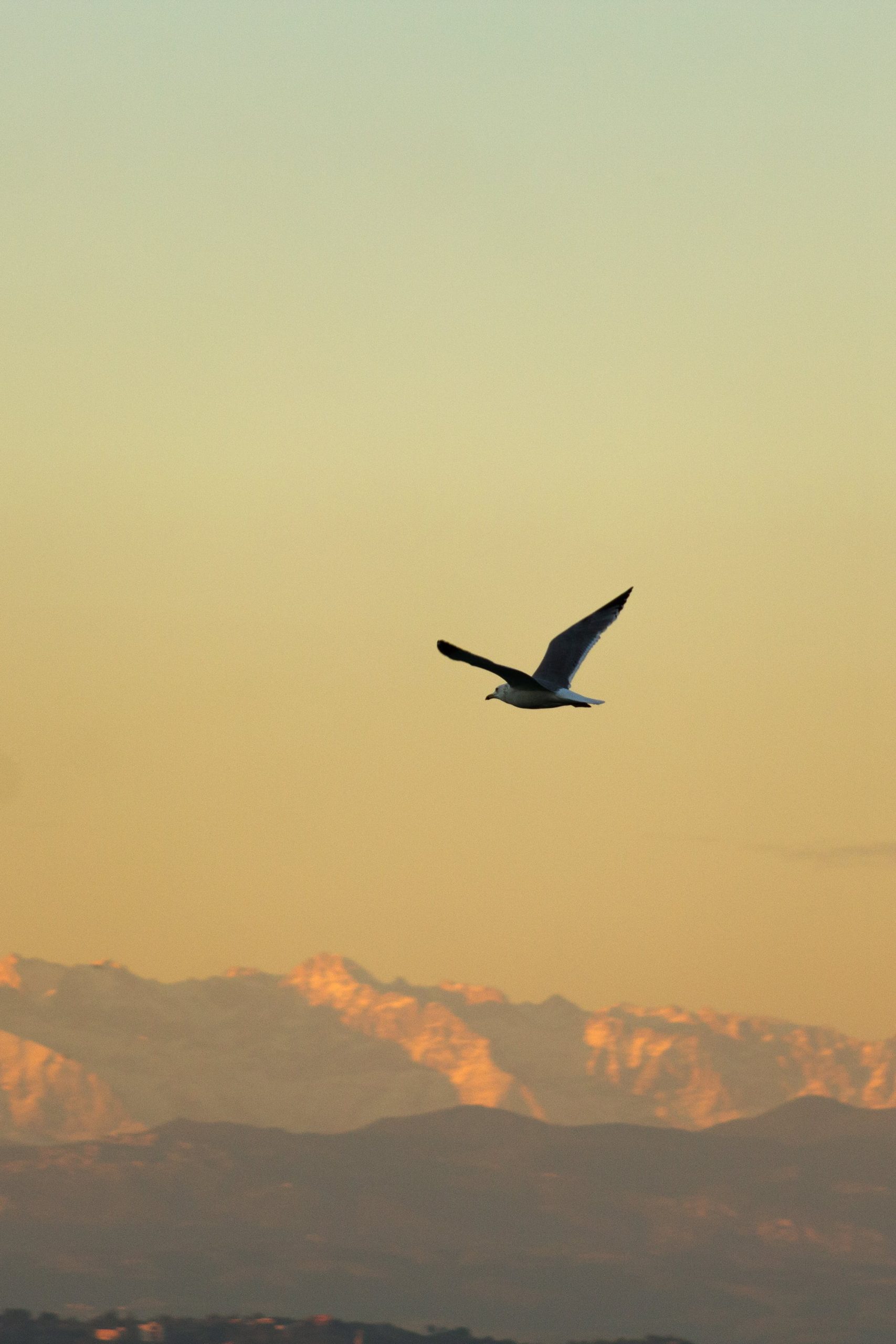Imagine sitting in your backyard on a warm summer evening, surrounded by the enchanting melodies of nightingales. These beautiful songbirds are not only known for their captivating tunes, but also for their love of insects. In this article, we will explore the top three insect favorites that you can invite into your yard to attract these delightful creatures. With the right choices, you can create a haven that will not only bring joy to your ears but also support the well-being of these incredible birds. So, let’s dive into the world of nightingales and discover the insects that will make them sing with delight.

Understanding Nightingales: Diet and Feeding Patterns
Nightingales, with their beautiful songs and lively presence, are a delight to have in any garden. If you want to attract these charming birds and create a thriving habitat for them, it’s important to understand their dietary preferences and feeding patterns. By providing the right environment and food sources, you can make your garden a haven for nightingales.
Nightingales’ Dietary Preferences
Nightingales primarily feed on insects, with caterpillars, beetles, and ants being their top favorites. These protein-rich food sources provide the necessary nutrients for their growth and survival. While they may consume other invertebrates and fruits in small amounts, it’s the abundance of insects that truly attracts nightingales to an area.
Factors Shaping Nightingales’ Feeding Patterns
Several factors influence the feeding patterns of nightingales. The availability of food sources in a particular location plays a significant role in attracting them. Nightingales prefer areas with dense vegetation and shrubs, as they provide shelter and a diverse range of insect prey. Additionally, the presence of water sources, such as ponds or birdbaths, is crucial as nightingales enjoy bathing and drinking water to stay hydrated.
Creating an Ideal Environment for Nightingales
To create a welcoming environment for nightingales in your garden, there are several key considerations to keep in mind.
Choosing the Right Location
When selecting a location for a nightingale-friendly habitat, it’s important to choose an area with a variety of vegetation and shrubs. Nightingales thrive in areas with a mix of trees, bushes, and dense undergrowth, as these provide nesting sites and cover from predators. Additionally, an area with a diverse range of plants will attract a greater number of insects, which are essential for the nightingales’ diet.
Providing Safe Shelter
Nightingales require safe shelter to feel secure and protected. Planting native shrubs and trees with dense foliage will create ideal nesting sites and roosting areas for these birds. Avoid using pesticides in your garden, as they can harm the insects that nightingales depend on for food. By providing a pesticide-free environment, you can ensure a healthy and thriving ecosystem for these beautiful birds.
Ensuring Clean Water and Bathing Spaces
Water is not only essential for hydration but also for bathing, which is an important part of a nightingale’s daily routine. Providing a clean and accessible water source, such as a birdbath, will attract nightingales and encourage regular visits. Make sure to keep the water fresh and clean, changing it regularly to prevent the spread of diseases. Adding some rocks or pebbles to the birdbath will provide perching spots for the birds while they bathe.

Insect 1: Caterpillars – Nightingales’ Top Preference
Caterpillars are the top preference of nightingales when it comes to their diet. These soft-bodied larvae are packed with protein and essential nutrients, making them an excellent choice for the birds’ growth and energy needs.
Why Caterpillars Attract Nightingales
Caterpillars are not only nutritious, but they are also abundant during the breeding season of nightingales. These insects are a rich source of energy and are easily digestible for the birds. Additionally, caterpillars are often found in leafy areas and dense vegetation, which aligns with the nightingales’ preferred habitat.
Best Ways to Attract Caterpillars in Your Yard
To attract caterpillars to your yard and subsequently draw nightingales, it’s important to create a favorable environment for these insects. Planting native trees and shrubs, such as oak, willow, and cherry, will provide food and shelter for caterpillars. Avoid using chemical pesticides, as they can harm the caterpillar population. Instead, opt for natural pest control methods, such as introducing beneficial insects or handpicking pests.
Considerations and Cautions in Using Caterpillars as Bird Feed
While caterpillars are a natural food choice for nightingales, it’s important to exercise caution when using them as bird feed. Ensure that the caterpillars you provide are from a trustworthy source and are not contaminated with pesticides or harmful substances. It’s also crucial to avoid overfeeding nightingales with caterpillars, as a varied diet is essential for their overall health. Supplementing their diet with other insects and fruits is recommended.
Insect 2: Beetles – A Delicious Feast for Nightingales
Beetles are another favorite food source for nightingales due to their high nutritional value and abundance in certain habitats. Including beetles in your garden will help attract and sustain these beautiful birds.
Understanding Beetles’ Nutritional Value for Nightingales
Beetles are a rich source of protein, essential fats, and other vital nutrients that are necessary for the growth and survival of nightingales. The exoskeleton of beetles provides a valuable source of calcium, which is important for the birds’ bone health and egg production. By consuming beetles, nightingales can meet their dietary requirements and maintain optimal health.
Natural and Sustainable Methods to Attract Beetles
To attract beetles to your garden and provide a diverse diet for nightingales, it’s important to create a habitat that supports these insects. Plant a variety of flowering plants, as they often attract beetles with their nectar and pollen. Additionally, leaving fallen leaves and deadwood in your garden creates an ideal environment for beetles to thrive. These natural elements provide shelter and food for beetles, attracting them to your garden and subsequently inviting nightingales.
Safety Measures in Using Beetles as Feed
When using beetles as a food source for nightingales, it’s important to ensure the safety of both the birds and the environment. Avoid using chemical pesticides or insecticides that can harm beetles and other beneficial insects. Instead, use natural pest control methods to manage any unwanted garden pests. This will create a healthier environment for beetles, ensuring a sufficient food supply for nightingales.

Insect 3: Ants – Nightingales’ Delight
Ants, with their high protein content and abundance, are a delight for nightingales. Including ants in your garden can attract these songbirds and contribute to the diversity of their diet.
Nutritional Benefits of Ants for Nightingales
Ants provide nightingales with a rich source of protein, making them a valuable component of their diet. Ants are also abundant and easily accessible for the birds, especially in areas with sandy or loamy soil. By including ants in their diet, nightingales can meet their nutritional requirements and have a more varied and balanced meal.
Techniques for Attracting Ants In Your Garden
To attract ants to your garden and subsequently entice nightingales, it’s important to create the right conditions for these insects. Provide sandy or loamy soil in certain areas of your garden, as ants prefer these types of soil for their nests. Avoid using chemical pesticides or insecticides, as they can harm ants and disrupt their colonies. By maintaining a natural and pesticide-free environment, you can encourage the presence of ants and make your garden more appealing to nightingales.
Dealing with Potential Problems Ants Can Bring
While ants can be beneficial for nightingales, they can also become a nuisance if they overpopulate certain areas of your garden. If you notice an excessive number of ants in a particular area, you can control their population by creating barriers using natural substances like diatomaceous earth or coffee grounds. These barriers will discourage ants from entering specific areas without causing harm to them or nightingales.
Selecting the Right Bird Feeders for Nightingales
bird feeders can play a crucial role in attracting nightingales to your garden, especially when natural food sources are scarce. Here are some key features to look for when selecting bird feeders.
Key Features to Look For
When choosing a bird feeder for nightingales, opt for one with a tray or platform design. Nightingales prefer feeding on the ground or near it, so a feeder with a lower perch height will be more appealing to them. Additionally, a feeder with a roof or cover will protect the food from rain and keep it fresh for the birds. Lastly, a feeder with multiple feeding ports will accommodate more birds at once and prevent overcrowding.
Recommended Bird Feeder Brands for Nightingales
Several reputable brands specialize in bird feeders and provide suitable options for attracting nightingales. Some of these brands include Kaytee, Perky-Pet, Droll Yankees, and Wild Delight. These brands offer a variety of bird feeders designed specifically for songbirds and provide features that cater to the needs of nightingales.
Installation and Maintenance Tips
When installing a bird feeder in your garden, choose a location that is easily visible and accessible to nightingales. Place the feeder near dense vegetation or shrubs to provide cover and a sense of security for the birds. Regularly clean and refill the feeder to ensure a fresh and hygienic food source for the nightingales. Additionally, consider rotating the types of food offered in the feeder to provide variety and cater to the changing dietary needs of the birds.
Enhancing Your Garden Using Bird Seeds
Bird seeds can be a valuable addition to your garden when it comes to attracting nightingales. Here are some considerations for choosing and using bird seeds effectively.
Choosing Bird Seeds that Attract Insects
When selecting bird seeds for nightingales, opt for mixes that contain a variety of seeds, including sunflower seeds, millet, and cracked corn. These seeds will not only attract nightingales but also other insect-eating birds that can contribute to a vibrant and diverse ecosystem in your garden. Additionally, choosing seeds without artificial additives or preservatives ensures a healthier food source for the birds.
Recommended Seed Brands for Nightingales
Several brands specialize in high-quality bird seeds that cater to the dietary needs of nightingales. Wagner’s, Stokes Select, Lyric, and Morning Song are renowned for their premium wild bird food products. These brands offer seed mixes that are specifically formulated to attract a wide range of birds and provide the necessary nutrients for their well-being.
Bird Seed Storage and Feeding Tips
Proper storage of bird seeds is crucial to maintain their freshness and prevent spoilage. Store bird seeds in a cool, dry place, preferably in a container that is airtight and rodent-proof. Avoid storing seeds for an extended period to ensure they remain nutritious for the birds. When feeding nightingales with bird seeds, consider using platform feeders or scattering the seeds on the ground to mimic their natural feeding behavior.
The Role of Birdhouses in Attracting Nightingales
Birdhouses can serve as essential nesting sites and shelter for nightingales. Here’s what to consider when incorporating birdhouses in your garden.
Essential Attributes of an Attractive Birdhouse
When selecting a birdhouse for nightingales, consider its size, design, and placement. Nightingales prefer nest boxes with a small entrance hole, measuring around 1.25 inches in diameter. The interior of the birdhouse should have sufficient space for a nest and proper ventilation to regulate the temperature. The placement of the birdhouse should be in a quiet and secluded area, away from disturbances and potential predators.
Installation and Cleaning Practices
Proper installation and maintenance of birdhouses are crucial to attract nightingales and ensure their safety. Mount the birdhouse on a stable pole or tree trunk, ensuring it is securely fastened. Avoid placing the birdhouse too low or too high, as nightingales prefer a moderate height. Regularly clean the birdhouse after each nesting season to remove any old nests and prevent the spread of diseases. This will make the birdhouse more inviting for future nesting pairs.
Leading Brands for Birdhouses
Several reputable brands specialize in birdhouses and offer options suitable for nightingales. Woodlink, Heath Outdoor Products, Gardman, and Heritage Farms provide a variety of birdhouses designed to cater to the nesting needs of songbirds, including nightingales. These brands prioritize durability, functionality, and safety to provide the best possible habitat for birds.
Other Efforts to Encourage Nightingales Visit
While creating the ideal environment and providing suitable food sources are crucial, there are additional efforts you can make to encourage nightingales to visit your garden.
Adopting Sustainable Practices
Implementing sustainable practices in your garden not only benefits nightingales but also contributes to the overall health of the ecosystem. Avoid using harmful chemicals or pesticides that can disrupt the natural balance of the environment. Incorporate composting and organic gardening techniques to enrich the soil and promote the growth of native plants. By adopting sustainable practices, you create a garden that is more resilient and attractive to nightingales.
Respecting Nightingales’ Habits and Rhythms
Nightingales have their specific habits and rhythms, and it’s important to respect them when attracting and observing these birds. Avoid excessive noise or disruptions in the areas where nightingales are nesting or singing. Reduce outdoor lighting at night to prevent disturbing their natural activities. By creating a peaceful and undisturbed environment, you enhance the chances of nightingales visiting and making your garden their home.
Dealing with Potential Threats or Dangers
While it’s important to attract nightingales to your garden, it’s equally crucial to protect them from potential threats or dangers. Predators such as cats or squirrels can pose a risk to the safety of nightingales. Implement measures to deter predators, such as installing cat deterrents or squirrel-proofing birdfeeders. Regularly inspect your garden for any dangerous objects or hazards that could harm the birds. By minimizing risks, you can create a safe environment that nightingales will feel comfortable in.
Conserving Nightingales: Beyond Just Attracting Them
Conservation efforts play a crucial role in protecting nightingales and their natural habitats. Here are some ways you can contribute to the conservation of these beautiful birds.
Participating in Audubon’s Conservation Efforts
The Audubon Society is a notable organization dedicated to bird conservation. By participating in their programs and initiatives, you can directly contribute to the preservation and protection of nightingales. Support their conservation projects, volunteer for bird monitoring programs, and contribute to their scientific research efforts. Audubon’s expertise and resources are valuable assets in ensuring a sustainable future for nightingales.
Promoting Awareness and Education About Nightingales
Raising awareness about nightingales and their conservation needs is crucial in safeguarding their populations. Organize educational events or workshops in your community to share knowledge about nightingales’ ecology, behavior, and importance in the ecosystem. Encourage others to create nightingale-friendly habitats in their own gardens and participate in conservation efforts. By spreading awareness, you expand the network of individuals dedicated to protecting nightingales.
Getting Involved in Bird Ethology Advocacies
Bird ethology advocacies and organizations focus on studying and understanding the behavior and ecology of birds. By getting involved in these initiatives, you can contribute to the scientific knowledge about nightingales and their habitat requirements. Support research projects, join birdwatching groups, and share your observations with bird ethologists. Your contributions can provide valuable insights into nightingales’ behavior and contribute to targeted conservation efforts.
Creating a thriving environment for nightingales requires a combination of providing suitable food sources, creating appropriate habitats, and promoting conservation efforts. By incorporating these elements into your garden, you can attract and support nightingales, creating an oasis for these beautiful birds. With a little effort and the right approach, you can have the pleasure of enjoying their enchanting songs and witnessing the wonders of nature right in your own backyard.
